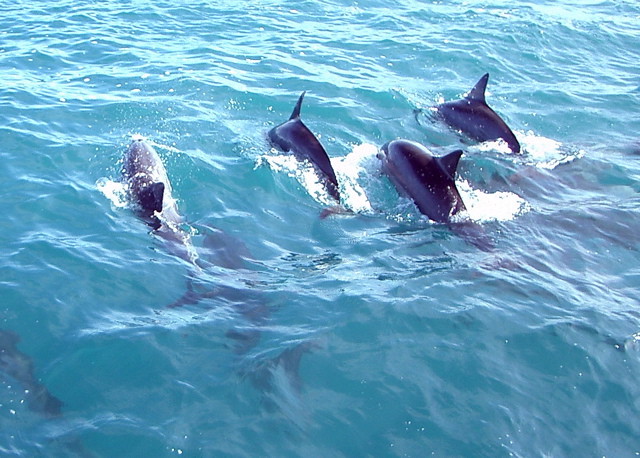We had the opportunity to once again spend some time listening to Betsy Sewell at a session advertised through our RTLB office. After spending time at a session we had at our school earlier this year, (blog post here) I knew I immediately wanted to attend this session as well to refresh some of the things that were shares, and I took along a few more members of my school team. Wow! Was I amazed! Betsy is such a wealth of knowledge, and I found myself typing away the whole time a completely different set of amazing information. I was also excited to hear that Betsy's assessment tools were free to use on the agility with sound website and I look forward to giving it a go with some of my students soon.
Agility with Sound
Betsy Sewell
Reading has traditionally been taught using a constructionist model, using multiple cues to figure out the word. Unfortunately, this is no longer working for a lot of our kids. There is nothing instinctive about learning to read. In order to accommodate reading, the brain has to adapt.
When looking at Chinese characters they are units of meaning. Many struggling students also think this way. For example, they look at the shape of a word to help determine its meaning. However, the way English works, our students often struggle due to the changes in pronunciation over the centuries, the number of language origins that make up the language, the sheer size of the language (four times larger than French) and an alphabetical language which represents the way a word sounds. If you start writing rules for the language, you end up writing endless exceptions to the rules.
Good readers learn in 4 stages:
1. Pre-alphabetic: the look of words
2. Partial alphabetic: uses some letters mostly consonants (reading 6-6.5 when 10)
sh**t
cr*sh**
ag**n
A c*t
pr*****s
Students reading at this level do not read the endings or the letters in the middle of the word (thinking visually)
3. Full alphabetic: process of all letters
4. Consolidated: recognise and process chunks
Competent and struggling readers behave differently. Competent readers overwhelming process words as speech, using S&L areas of the brain. Struggling readers overwhelmingly process words as shapes, with limited activity in the S&L areas of the brain. Good readers and writers process words differently. This applies to all struggling kids, whether they are or are not dyslexic, and many of these students are well behind by the time they reach years 5/6.
A sight word is a word that is instantly recognised as a spelling pattern. It is stored in language areas of the brain. Spelling pattern, pronunciation and meaning are linked: one instantly relates to the others. Mapping. Children who read like this can decode and encode unconsciously.
How a student spells and writes is a function of how s/he reads.
Competent, fluent readers:
- Give their full attention to comprehension
- Notice the structure and spelling patterns of words as they encounter them
- Hear the rhythm and flow of a good sentence
- Notice how punctuation instructs the reader
- Notice how writers structure text
- Are constantly encountering and absorbing new vocabulary
In order to work with students who are struggling, we need to teach them how to think how good readers think. For many of these students, they need to learn how to think differently than they have previously.
There are 7 different decoding skills that these students need to think about differently. Most students are able to get to the point that they can achieve skills 1-5. Skills 6 and 7 are a bit more difficult to achieve.
- Identify, and think in the compound sounds (how do the sounds feel)
- Distinguish between the sounds
- Recognise how those sounds are represented in print
- Recognise the repeating chunks and patterns of language
- Hold those chunks in memory
- Substitute phonemes within chunks or whole chunks within words
- Blend those sounds or chunks of sound rapidly and unconsciously
When looking at letter sounds, exaggerate them so kids can hear the difference and then slowly bring them back to the sound of normal speech. This is great for recognising letters and blends that are confused as the same thing (ie, p/b and ch/sh).
Struggling students need explicit, structured and cumulative instruction in how words work. Students also needs to work from simple to complex, common to uncommon beginning with what the child already knows. The overall aim is to build the thinking skills of competent readers.
Struggling kids must have 80-100 hours of practice thinking of the sounds of words, blending strategies, and practice...lots of it. They also need reading material they can read and want to read, that meets their learning needs, and explicit vocabulary, comprehension and writing instruction. These students do not require anything else in order to be successful in reading. When working with them it is best to use text without illustrations, and possibly have the students add the illustrations themselves to show what they understand that page is about.













